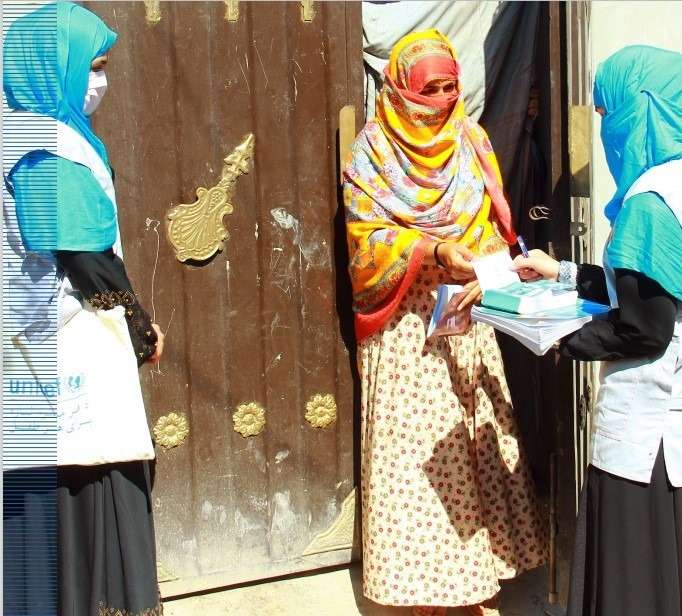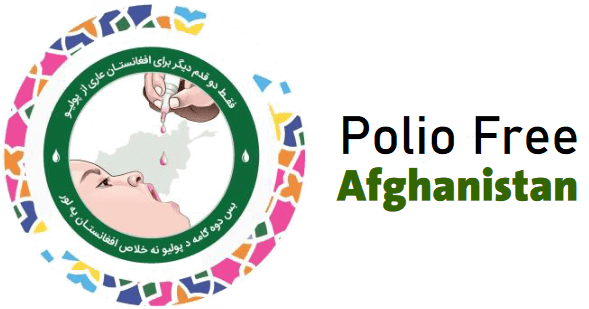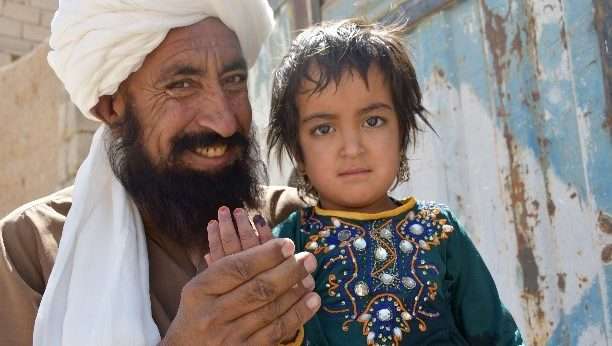Case Studies on East

Lessons Learnt Polio Afghanistan East Region Jul 2020
Afghanistan’s Eastern Region comprises of Nangarhar, Kunar, Laghman and Nuristan Provinces. Jalalabad, the capital of the Nangahar Province, lies on the border with Pakistan. Known as the Torkhum border, hundreds of people travel back and forth between the two countries daily. This population movement, together with a large polio outbreak at the border, poses a high risk of the virus circulating in the Eastern Region. Vaccine refusal is minimal, at 1%, while access to Talibanand ISIS-influenced areas are dealt with through direct face-to-face negotiations, and this fluctuates from one campaign to another. In 2019, two polio cases were reported in the region. In 2020, a cVDPV2 outbreak was recorded, mainly in Jalalabad. The total number of cases as of June 2020 were: 2 cases of WPV1 and 17 cVDPV2 cases. The Immunization Communication Network (ICN) is the community engagement arm which addresses polio vaccine acceptance amongst caregivers. The primary role of ICN is to create and increase demand for polio and immunisation services, update children’s information during campaigns, track absent and missed children, and facilitate mother and child health referral services through the health facilities. ICN in the Eastern Region includes 1,710 social mobilisers (SM) that are based in the community as well as at the health facilities (as of June 2020). Workers are deployed based on communication risk and population movement criteria. Through this structure, ICN plays a vital role in promoting routine immunisation by providing supportive supervision at health facilities, mobile and outreach sessions in the community and by sharing reports with the Expanded Programme on Immunization (EPI).



